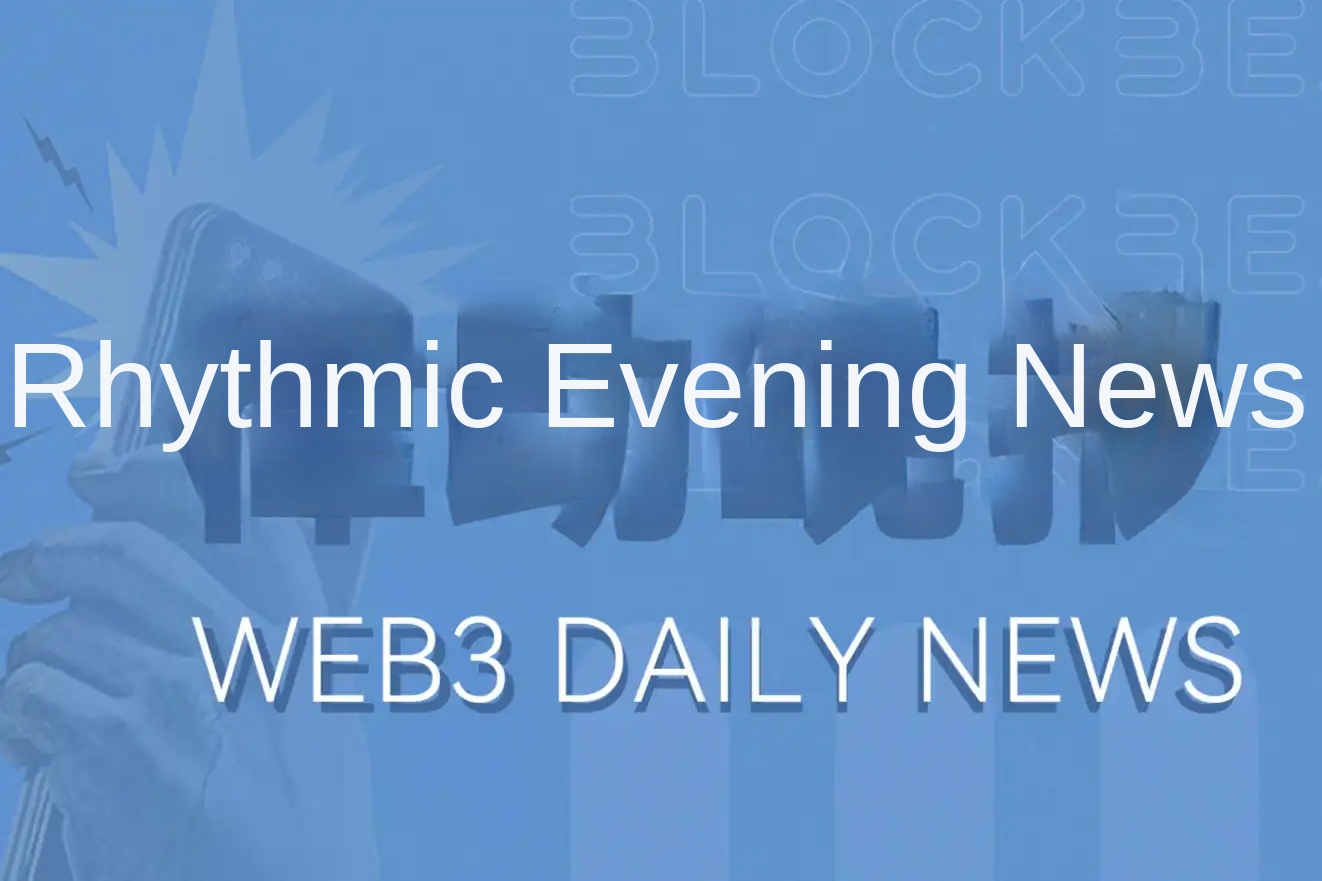Under the evolution of NFT pattern, How to construct products through attention economy?
原文标题:《 NFT 格局演变下,如何通过注意力经济构建产品? 》
Alex Gedevani is a former Delphi Digital analyst
The DeFi way
The pattern of NFT is evolving rapidly, and further fragmentation is a byproduct. This raises the question of how products should be positioned to meet user needs, and how users should allocate their time among these products.
The answer to this question boils down to attention, i.e. how do we best determine where the attention (the most precious commodity) of the typical NFT user is?
My mental model is simple. Think about every NFT-related product you've used in the past six months. It is possible that most of them belong to and serve at least one of the four attention plates in the figure below.

In the NFT space, there are four main areas of user attention
Whether for financial or non-financial purposes (the action level), we can't escape: a) consuming information (the information level) or b) taking action.
Let's think of this "NFT Godmode" as the North star, a point in time where the needs of all users are fully met by products that serve all four modes of attention. But we are not there yet.
So how close are we to achieving "NFT Godmode" and how do today's products fit into these attention plates? Below, let's discuss together.
Decomposing action layer
Passive (action layer)
Have you curated your NFTs at Gallery or OnCyber? Or create UGCs based on your NFT in a community like Storyverse? Products under the "passive" action layer usually provide some service to the user after the NFT collection process, and are largely untargeted.
Initiative (action level)
Initiatives are centred on financial intentions. Most products in this mode of attention focus on improving the trading experience or leveraging NFTs in a productive way (see NFTfi).
Where attention goes, liquidity goes. Speculation remains Crypto's biggest use case, overwhelmingly. This quadrant dominates in terms of attention, revenue generated, and number of teams. Look at Opensea, whose breakout success has led to intense competition for NFT volumes. Even in a bear market, Opensea's $391 million in revenue over the past year ranks second only to Ethereum.

Blur is another pure representation of the "action" quadrant
Decomposition information layer
Push
The "push" layer, or information layer, often comes into play after the action layer. Products built here tend to focus on two key pillars: saving users time and money.
Let's say you've already purchased assets, but now need a degree of personalization around the information related to your existing assets. Otherwise, you'll get lost in the bits and pieces of information. I'm not the only one having trouble keeping track of Twitter, discord, Telegram and newsletter. People are forgetting about free claims, whitelist entries, proposals, and more.
A great example of a product that caters to personalization is Daylight. Think of Daylight as a personal assistant whose sole job is to tell you what pending actions you can take on your NFT.

LuckyTrader can be set up to provide you with personalized news and market information about the assets in your wallet. It's your background layer that keeps you up to date.

Pull (Pull)
Another big problem today is the lack of discoverability and curation in this field. Users often have problems a) finding new products, b) finding what others are playing, and c) keeping up with trends.
Sites like DappRadar and Dapp List are trying to solve the problem of app discovery. Products like Context and Soho are focusing on wallet tracking, making it easier to see new project insights. There is progress in this quadrant, but perhaps a Web3 native search platform could push things further. In an ideal world, we'd see more projects like Ora Labs driving natural language search of Web3 data, while favoring app discovery based on that data (" Show me the top 5 sport-like blockchain games most used on Ethereum in the last 7 days ").
Unlike "Push," this layer is not a customized stream of news built around existing apps a person might use, but is more geared toward pushing users toward the next set of products or trends they can pull themselves into. A comprehensive solution does not yet exist. If you're interested in this section, you can read more about it in my previous notes: You've got a new wallet, now what?

It is a great user experience, and the various modes reinforce each other, which is the key to attracting and retaining the next millions of NFT users.
summarize
Products that try to serve all four models at once are likely to struggle in failure, as professional competitors offer more value. It's best to start with one pattern and then expand.
Some quadrants are cooperative. "Actionable" products like marketplace platforms can slowly integrate layers of information to grow the pie faster.
If quadrants were used to describe the time of user journeys in NFTs, the results would be 1) pull 2) active push 3) 4) passive swap.
Today's least developed quadrants (Pull and Push) probably belong to the information layer. Most products focus on action rather than information, which has led to a split in the field.
The "Pull" pattern, a largely untapped opportunity, sits at the top of the new user acquisition funnel. It is the key to growth in all other sectors.
Monetizing "action" is fairly easy because it is based on the acquisition rate of economic activity as a function, while other patterns are still being teased out (paying for personalization, etc.).
So, which quadrant excites you the most? Do you want to build something interesting in one of these quadrants? Welcome to talk with me, private message open.
Original link
Welcome to join the official BlockBeats community:
Telegram Subscription Group: https://t.me/theblockbeats
Telegram Discussion Group: https://t.me/BlockBeats_App
Official Twitter Account: https://twitter.com/BlockBeatsAsia


 Forum
Forum Finance
Finance
 Specials
Specials
 On-chain Eco
On-chain Eco
 Entry
Entry
 Podcasts
Podcasts
 Activities
Activities
 OPRR
OPRR








